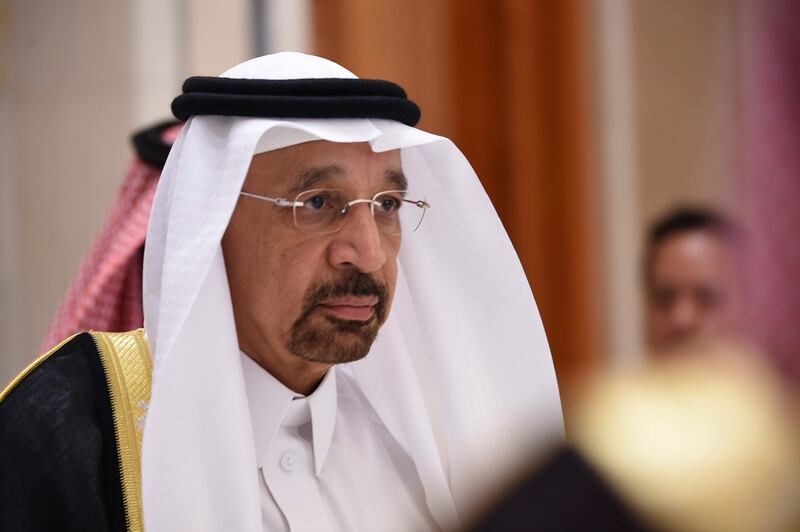The Opec trade is back, and Saudi Arabia is in the driver’s seat.
Just before the de facto Opec leader doubled down on its plan to drain the oil glut, propelling Brent crude prices beyond US$60 a barrel for the first time since 2015, hedge funds were almost as bullish on the global benchmark as they’ve ever been. Short-sellers retreated to levels last seen in February, when Opec production cuts were fuelling an oil price surge.
Saudi crown prince Mohammed bin Salman said “of course” he wanted to prolong Opec’s output-reduction deal into 2018. That was after Russia’s president Vladimir Putin said an extension should run through at least the end of next year. With the leaders of the world’s two biggest oil-exporting countries on board, an agreement is all but certain at a meeting in Vienna next month.
“We have evidence that people are positioned long into Opec in November. The consensus trade on the street is that they’ll extend cuts,” said Chris Kettenmann, the chief energy strategist at Macro Risk Advisors, in New York. Prince Salman showing support has led to more seriousness around a potential extension of cuts and “it makes it very hard to be aggressively short”.
The fundamentals are looking brighter, too. US crude inventories are near the lowest levels since January 2016. Saudi Arabia’s oil minister, Khalid Al Falih, said oil demand is more resilient than people think, and Statoil’s chief executive Eldar Saetre said the oil market is “definitely balancing”.
______________
Read more:
Oil surges through $60 a barrel level
European oil majors, ENI and Total, ride the wave of higher oil prices
Opec will need a steady hand to exit oil output policy
______________
There’s a stronger belief that the “supply-demand set-up has turned the corner, particularly with the push by the Saudis to keep the deal going and to drain global inventories,” said John Kilduff, a partner at Again Capital, a New York-based hedge fund. “It’s worth betting that prices will go higher.”
Front-month Brent contracts have been trading at a premium to later-dated contracts, a market structure known as backwardation that indicates strong demand and tight supplies. This is a shift away from contango, typical of a glut, that had loomed over the market for the past two years. WTI is also in backwardation in some areas of the futures curve.
“People are starting to think that the global inventory situation is better than they thought,” said Michael Lynch, the president of Strategic Energy & Economic Research in Massachusetts.
“The contango is getting very small, which suggests the markets perceive we’re a lot closer to being rebalanced than people had thought earlier.”






